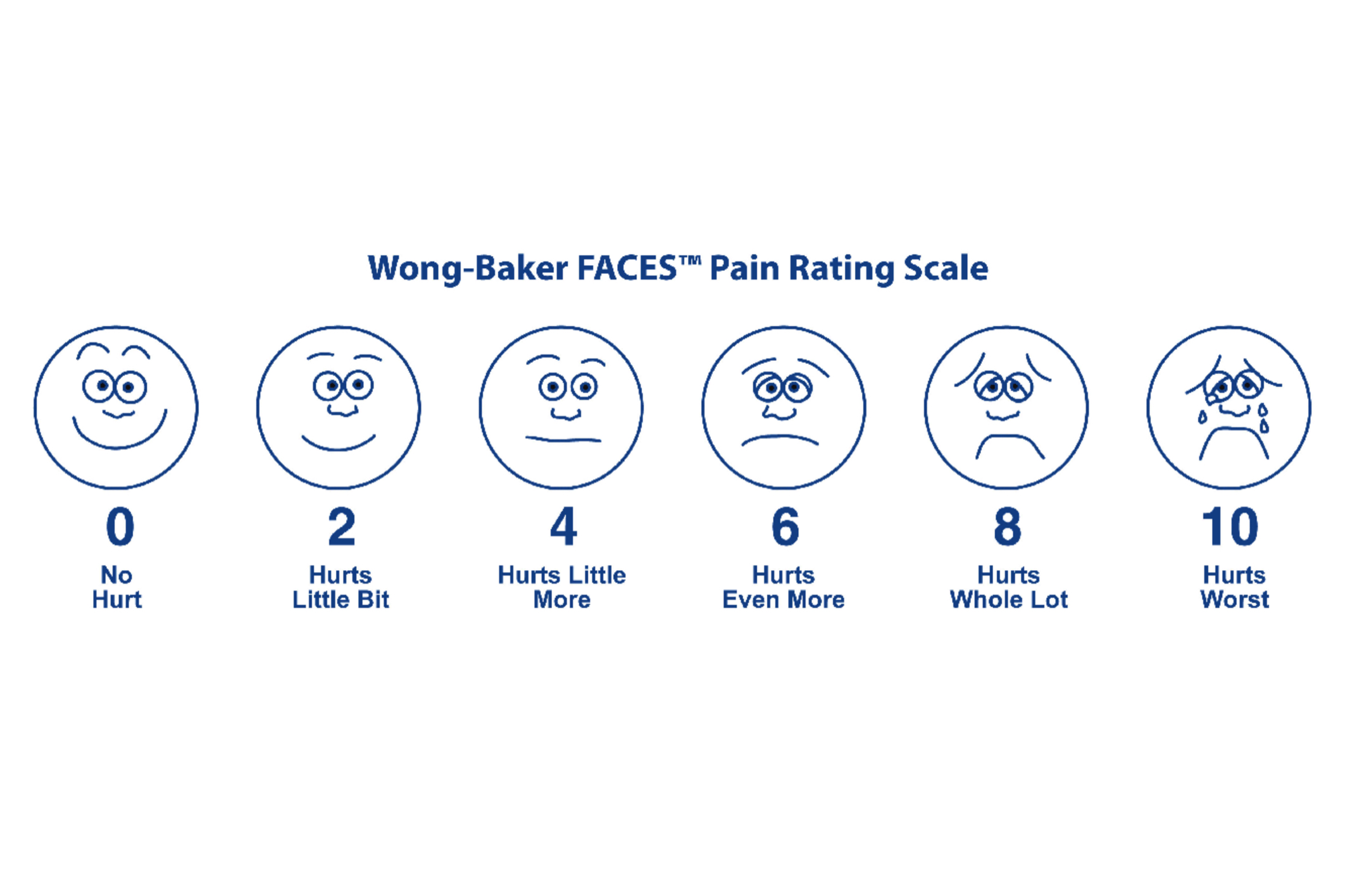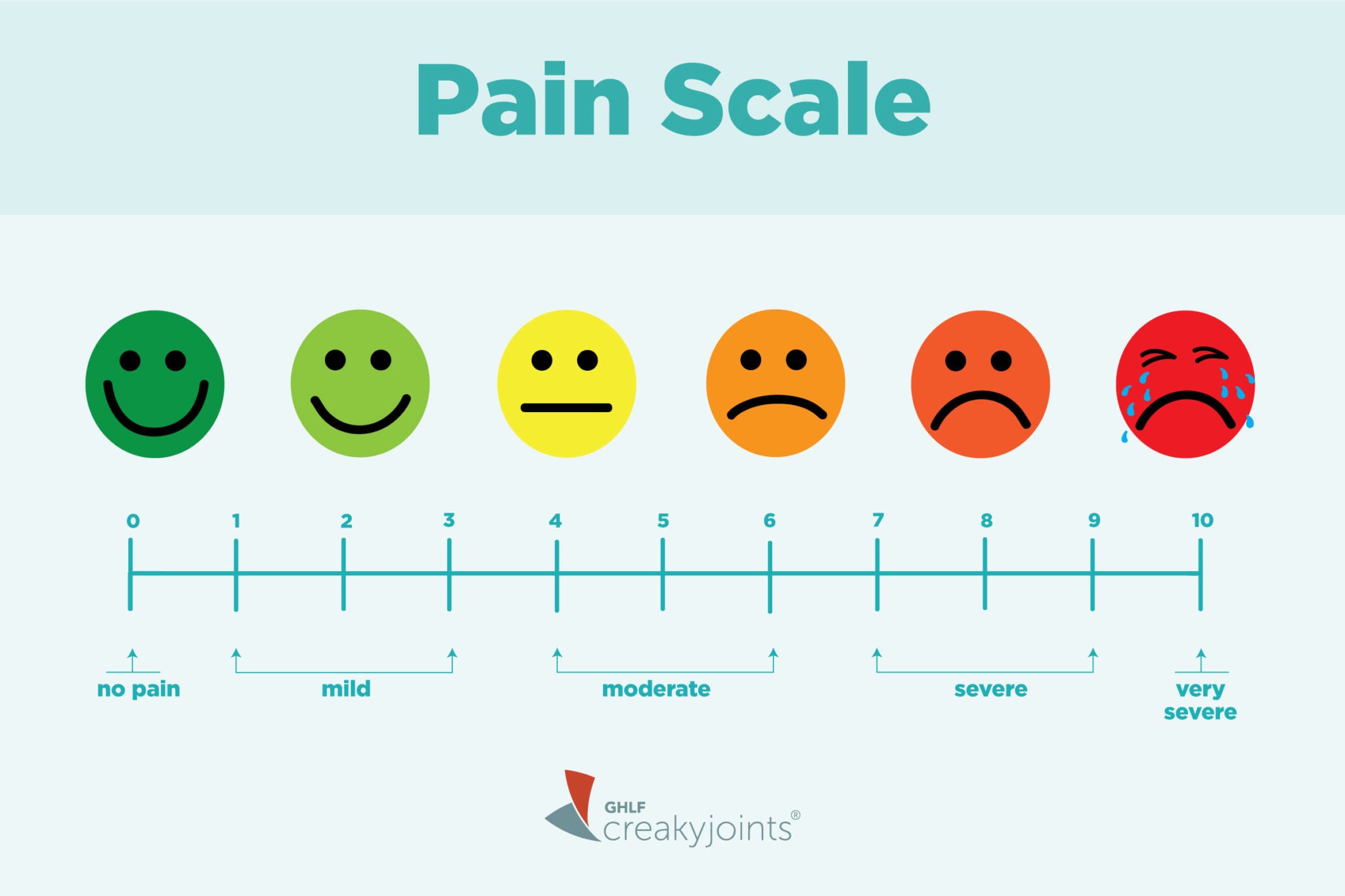The pain scale is a useful tool for individuals to communicate their levels of pain and discomfort to healthcare professionals. It allows doctors and nurses to assess the severity of pain, monitor changes over time, and tailor treatment plans accordingly. Understanding and using the pain scale effectively can significantly improve the quality of care for patients.
Printable Pain Scale Chart
 One of the most commonly used pain scales is the printable pain scale chart. This chart typically consists of a series of numbers from 0 to 10, with corresponding descriptions or expressions of pain levels. It provides a clear visual representation of pain intensity, making it easier for patients to convey their pain to healthcare providers.
One of the most commonly used pain scales is the printable pain scale chart. This chart typically consists of a series of numbers from 0 to 10, with corresponding descriptions or expressions of pain levels. It provides a clear visual representation of pain intensity, making it easier for patients to convey their pain to healthcare providers.
Pain Faces Scale Printable
 Another commonly used pain scale is the pain faces scale, which uses a series of facial expressions to represent different levels of pain. This printable pain scale allows patients to point to the face that best matches their current pain level. It is particularly useful for young children or individuals who have difficulty verbalizing their pain.
Another commonly used pain scale is the pain faces scale, which uses a series of facial expressions to represent different levels of pain. This printable pain scale allows patients to point to the face that best matches their current pain level. It is particularly useful for young children or individuals who have difficulty verbalizing their pain.
Describing Your Pain With a 0-10 Pain Scale
 Using a 0-10 pain scale is a common method for describing pain intensity, with 0 being no pain and 10 being the worst pain imaginable. However, relying solely on numeric scales like this may not always accurately capture the complexity of an individual’s pain experience.
Using a 0-10 pain scale is a common method for describing pain intensity, with 0 being no pain and 10 being the worst pain imaginable. However, relying solely on numeric scales like this may not always accurately capture the complexity of an individual’s pain experience.
FACES Pain Scale Revised
 The FACES Pain Scale Revised is a widely used pain assessment tool specifically designed for children and older adults. It consists of a series of cartoon faces that demonstrate different levels of pain intensity. This printable pain scale is particularly beneficial for patients who may have cognitive impairments or language barriers.
The FACES Pain Scale Revised is a widely used pain assessment tool specifically designed for children and older adults. It consists of a series of cartoon faces that demonstrate different levels of pain intensity. This printable pain scale is particularly beneficial for patients who may have cognitive impairments or language barriers.
Importance of Using a Pain Scale
Using a pain scale is crucial for effective pain management. It helps healthcare providers understand the severity of a patient’s pain and guides them in determining the most appropriate treatment options. By accurately assessing pain levels over time, medical professionals can also evaluate the effectiveness of interventions and adjust treatment plans accordingly.
Patients are encouraged to use pain scales to communicate their pain levels consistently and accurately. It is essential to provide detailed information about the location, intensity, duration, and character of pain to facilitate accurate diagnosis and appropriate treatment.
Tips for Using Pain Scales Effectively
Here are a few tips to help make the most of using pain scales:
- Be consistent: Use the same pain scale consistently to track changes over time accurately.
- Be descriptive: Use words to describe your pain in addition to numeric or facial expressions on the scale.
- Consider personal factors: Individual pain tolerance and cultural factors may influence how pain is perceived and reported. It is important to share relevant personal information when using pain scales.
- Use pain scales in conjunction with other assessment tools: Pain scales should be used as part of a comprehensive assessment that includes patient history, medical evaluation, and other diagnostic tools.
By using pain scales effectively, patients and healthcare providers can work together to better understand and manage pain, leading to improved quality of life and more targeted treatment plans.
 Conclusion
Conclusion
Pain scales are valuable tools for individuals to communicate their pain levels, allowing healthcare professionals to assess and treat pain accurately. Whether it is a printable pain scale chart, pain faces scale, or another variation, these scales play a crucial role in pain management. By using pain scales consistently and effectively, patients can receive appropriate care and treatment, leading to better outcomes and improved well-being.